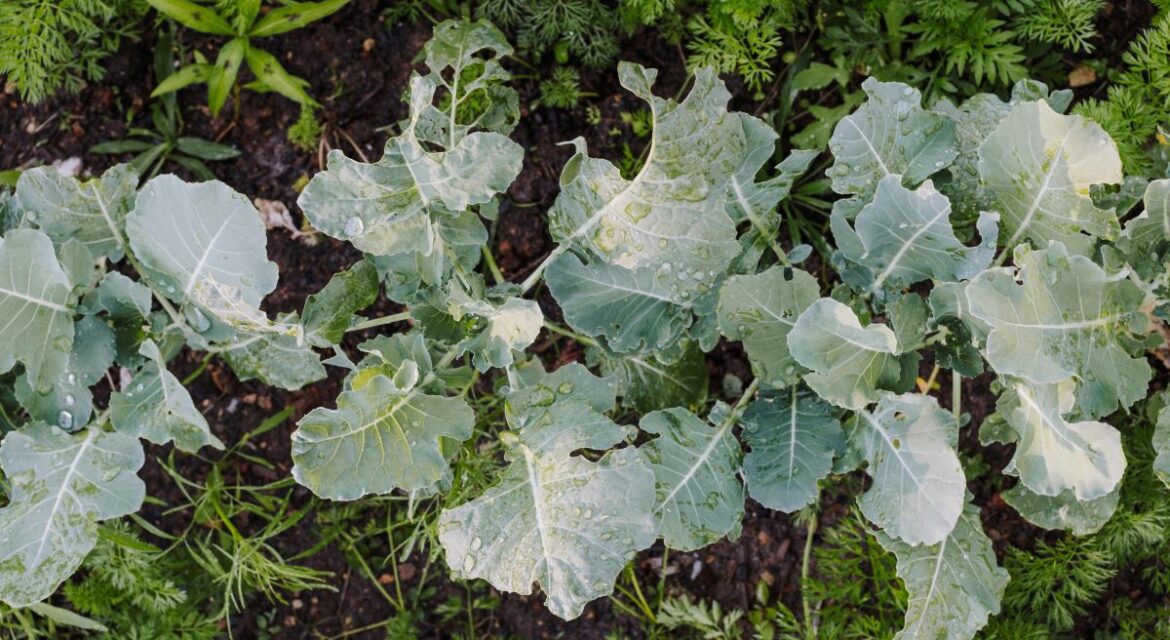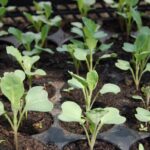Kale has taken the culinary world by storm, thanks to its impressive nutrient profile and versatility in the kitchen. Whether you’re a seasoned gardener or a beginner looking to add a nutritious leafy green to your garden, growing healthy kale is a rewarding endeavor. In this blog post, we’ll explore everything you need to know to cultivate vibrant, thriving kale plants, ensuring you enjoy a bountiful harvest.
Why Grow Kale?
Kale is a powerhouse of nutrition. Rich in vitamins A, C, and K, along with minerals like calcium and iron, it’s no wonder that kale has become a staple for health-conscious eaters. Additionally, it’s easy to grow, making it an ideal choice for gardeners of all skill levels. Whether you want to use it in salads, smoothies, or cooked dishes, growing your own kale can be incredibly satisfying.
Choosing the Right Kale Variety
The first step in growing healthy kale is selecting the right variety. Here are some popular options:
1. Curly Kale
This is perhaps the most recognizable type of kale, with its ruffled leaves and robust flavor. It’s great for salads and garnishes.
2. Lacinato (Dinosaur) Kale
Known for its dark green, elongated leaves, Lacinato has a sweeter, more delicate flavor. It’s perfect for soups and stir-fries.
3. Red Russian Kale
This variety features beautiful purple-streaked leaves and a slightly sweeter taste. It’s excellent for salads and adds a splash of color to any dish.
4. Siberian Kale
Cold-hardy and resilient, Siberian kale is perfect for northern gardeners. Its mild flavor makes it great for cooking and salads alike.
Soil Preparation
Healthy soil is the foundation of any successful garden. Here’s how to prepare the soil for growing kale:
1. Test Your Soil
Before planting, test your soil’s pH and nutrient levels. Kale thrives in slightly acidic to neutral soil (pH 6.0-7.5). You can use a home testing kit or send a sample to a local extension service.
2. Amend the Soil
Kale prefers rich, well-draining soil. Add organic matter such as compost, well-rotted manure, or peat moss to improve soil structure and fertility. This will provide the essential nutrients that kale needs to grow strong.
3. Ensure Good Drainage
Kale doesn’t like wet feet, so ensure your soil drains well. If necessary, amend heavy clay soil with sand or organic matter to improve drainage.
Planting Kale
Timing and method of planting are crucial for a successful kale crop.
1. When to Plant
Kale is a cool-season crop that can be planted in early spring or late summer for a fall harvest. In milder climates, you can even grow it year-round.
2. Starting Seeds Indoors
If you’re starting seeds indoors, plant them 6-8 weeks before the last frost date. Use seed trays or biodegradable pots to facilitate transplanting.
3. Direct Seeding
For direct sowing, plant seeds about 1/2 inch deep and 2 inches apart. Thin seedlings to about 12-18 inches apart once they’re a few inches tall to allow for proper air circulation and growth.
4. Transplanting Seedlings
When transplanting seedlings, ensure they are hardened off by gradually exposing them to outdoor conditions over a week. This helps prevent transplant shock.
Watering Your Kale
Proper watering is essential for growing healthy kale.
1. Consistent Moisture
Kale prefers consistently moist soil. Water deeply once or twice a week, depending on rainfall. Aim for about 1 inch of water weekly.
2. Mulching
Applying a layer of organic mulch (like straw or shredded leaves) can help retain soil moisture, suppress weeds, and maintain a more stable soil temperature.
Fertilizing Kale
Kale is a heavy feeder, meaning it requires a good amount of nutrients to thrive.
1. Choose the Right Fertilizer
Use a balanced fertilizer with equal parts nitrogen, phosphorus, and potassium (N-P-K). Organic options include fish emulsion or compost tea. Fertilize every 4-6 weeks during the growing season.
2. Watch for Nutrient Deficiencies
Keep an eye out for signs of nutrient deficiencies, such as yellowing leaves (which can indicate nitrogen deficiency). Adjust your fertilization accordingly.
Pest and Disease Management
Kale can attract various pests and diseases, but with vigilance and proactive measures, you can keep your plants healthy.
1. Common Pests
- Aphids: Small, green pests that suck sap from plants. Use insecticidal soap or neem oil to control them.
- Cabbage Worms: These caterpillars can decimate your kale. Handpick them or use floating row covers to protect young plants.
- Flea Beetles: Tiny jumping insects that create small holes in leaves. Use row covers to prevent infestations.
2. Diseases to Watch For
- Downy Mildew: This fungal disease causes yellowing leaves and can be prevented by ensuring good air circulation.
- Black Rot: A bacterial disease that can affect kale. Rotate crops annually to minimize risk.
Harvesting Kale
Knowing when and how to harvest kale is key to enjoying your crop.
1. Timing Your Harvest
You can start harvesting leaves when they’re about 6-8 inches long. Always pick the outer leaves first, allowing the inner leaves to continue growing.
2. Method of Harvesting
Use sharp scissors or garden shears to cut leaves at the base, ensuring you don’t damage the plant. This will encourage further growth.
3. Continuous Harvesting
Kale is a cut-and-come-again crop, meaning you can harvest leaves continuously throughout the growing season. This method keeps your plants productive.
Post-Harvest Care
After harvesting, it’s essential to care for your kale plants.
1. Clean and Store
Wash harvested leaves thoroughly to remove dirt and pests. Store them in a breathable bag in the refrigerator to keep them fresh.
2. Compost Leftovers
After harvesting, compost any leftover stems or leaves that aren’t suitable for consumption. This will enrich your garden soil for the next planting.
Companion Planting for Kale
Companion planting can enhance your kale’s growth and deter pests. Here are some great companions:
- Nasturtiums: Their flowers attract aphids away from kale.
- Garlic and Onions: Their strong scents can repel pests.
- Beets and Radishes: These crops can thrive alongside kale without competing for resources.
Conclusion
Growing healthy kale is not only rewarding but also a wonderful way to incorporate nutrient-rich greens into your diet. By choosing the right variety, preparing your soil, managing watering and fertilization, and staying vigilant against pests and diseases, you can enjoy a bountiful harvest. Whether you’re tossing fresh leaves into a salad, blending them into a smoothie, or cooking them in your favorite dish, homegrown kale is a true garden gem.




